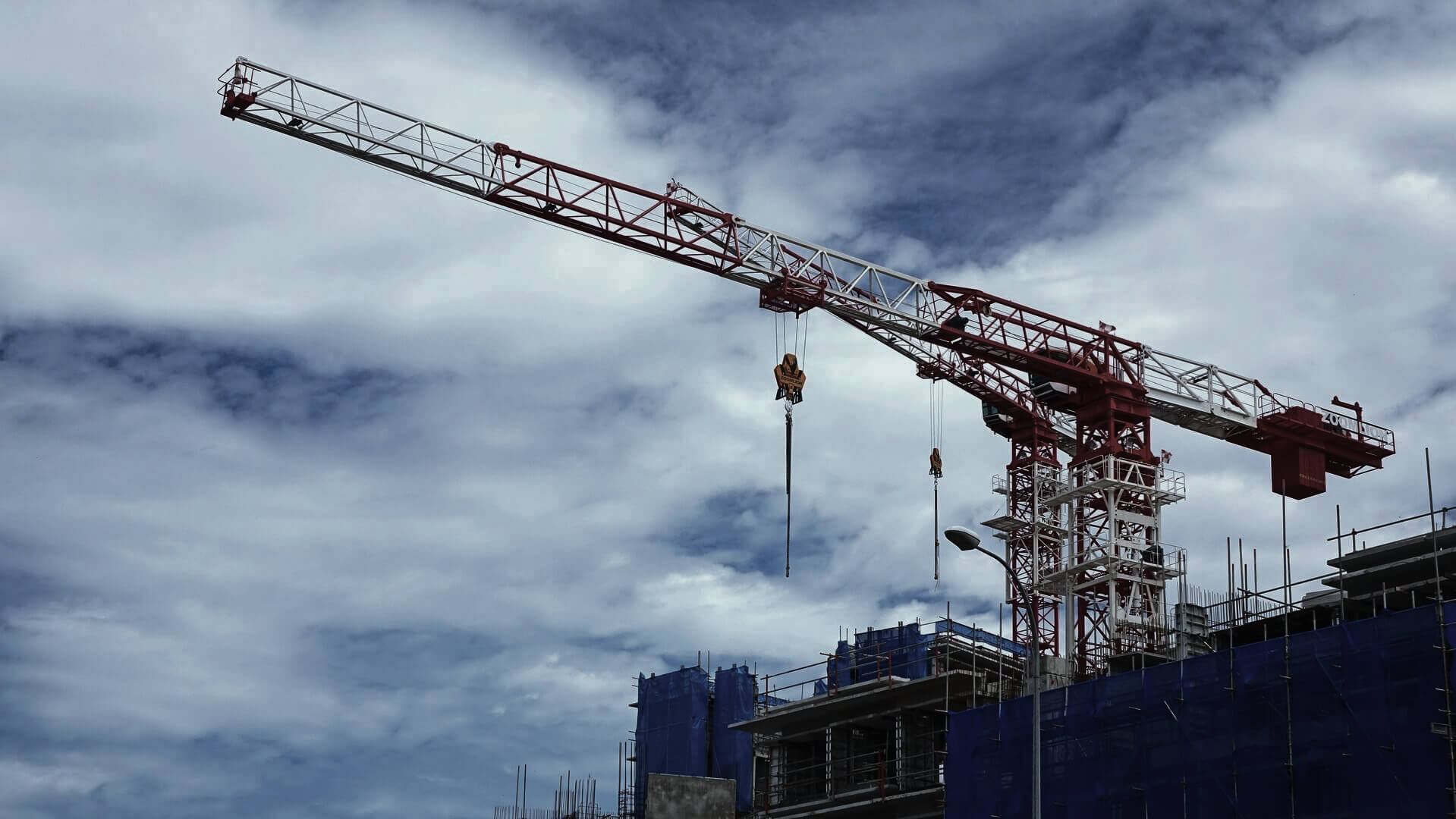As we move further into 2025, the construction industry is undergoing a dramatic transformation driven by cutting-edge technology, sustainable practices, and innovative management strategies. In this blog, we explore the top 10 trends that are shaping the future of construction and share a recent news highlight that exemplifies these groundbreaking changes.
1. Digital Transformation and Building Information Modeling (BIM)
Digital transformation is at the forefront of modern construction. BIM continues to revolutionize how architects, engineers, and contractors collaborate, allowing for real-time updates, enhanced accuracy, and a reduction in costly errors. Projects are now planned and executed with digital precision, ensuring seamless coordination among all stakeholders.
2. Artificial Intelligence and Machine Learning
AI is transforming project management, risk assessment, and resource allocation. Machine learning algorithms are being used to predict potential delays and optimize supply chains, enabling construction firms to save both time and money. This data-driven approach is setting new benchmarks for efficiency on job sites.
3. Robotics and Automation
Automation is reducing manual labor and increasing safety standards on construction sites. Robotic bricklayers, autonomous vehicles for material transport, and automated excavation equipment are becoming commonplace, dramatically reducing project timelines and improving accuracy.
4. Drone Technology for Site Surveys and Monitoring
Drones have become essential for conducting high-resolution site surveys, monitoring progress, and ensuring safety compliance. Their ability to capture detailed aerial views and real-time data is transforming how construction sites are managed and how projects are adjusted on the fly.
5. Augmented Reality (AR) and Virtual Reality (VR)
AR and VR are revolutionizing design and training within the industry. These technologies allow teams to visualize projects in 3D before breaking ground, providing immersive training experiences and facilitating better communication of complex design ideas. This leads to fewer mistakes and a smoother transition from planning to execution.
6. Internet of Things (IoT) and Smart Job Sites
Smart sensors and IoT devices are now integral to construction sites, monitoring everything from equipment performance to environmental conditions. Real-time data collection not only enhances safety but also optimizes maintenance schedules and resource allocation, contributing to significant cost savings.
7. Modular Construction and Prefabrication
Modular construction methods and prefabrication are becoming more prevalent as they reduce waste and speed up project completion. By manufacturing components off-site under controlled conditions, construction firms can significantly minimize delays caused by weather and labor shortages, ensuring consistent quality across projects.
8. Sustainability and Green Building Practices
Environmental concerns are reshaping the industry with a strong focus on sustainable practices. The use of eco-friendly materials, energy-efficient designs, and renewable energy sources is no longer optional—it’s a necessity. Sustainable practices not only reduce the environmental footprint but also lead to long-term cost savings and regulatory benefits.
9. 3D Printing in Construction
3D printing technology is revolutionizing the way we think about construction. This innovative method allows for the rapid production of building components and even entire structures, significantly reducing construction time and material waste. It’s an exciting development that promises to change traditional construction methods.
10. Enhanced Safety and Workforce Development
The safety of construction workers remains paramount. Advances in wearable technology, real-time monitoring, and automated safety protocols are helping to reduce accidents and improve overall job site security. Additionally, workforce development programs are increasingly incorporating digital tools and safety training, ensuring that workers are equipped to handle modern construction challenges.
Recent News Spotlight: A Groundbreaking Project in Silicon Valley
In early 2025, a major construction project in Silicon Valley made headlines for its innovative use of multiple emerging technologies. The project, a state-of-the-art mixed-use development, integrated advanced robotics, AI-driven project management, and sustainable building practices to set a new standard in the industry.
Highlights from the project include:
- Robotic Integration: Autonomous machines handled complex tasks such as material handling and masonry, reducing labor costs and increasing precision.
- Digital Collaboration: Utilizing BIM and IoT, the project team was able to monitor real-time progress and make swift adjustments, ensuring that the project remained on schedule despite unforeseen challenges.
- Sustainable Practices: The construction incorporated eco-friendly materials and renewable energy systems, including solar panels and geothermal heating, to achieve net-zero energy consumption.
This Silicon Valley project not only demonstrated the potential of these emerging technologies but also underscored the importance of adopting a holistic approach to modern construction. The successful integration of these trends has set a benchmark for future projects, showing that when innovation and sustainability converge, the possibilities are limitless.
Conclusion
The construction industry in 2025 is defined by its rapid embrace of technological advancements and sustainable practices. From digital transformation and AI to modular construction and 3D printing, these top 10 trends are not only shaping the future of construction but also improving safety, efficiency, and environmental responsibility. As illustrated by the recent Silicon Valley project, forward-thinking firms that leverage these innovations are paving the way for a new era in construction.
Which of these trends do you think will have the most significant impact on your next project? Share your thoughts in the comments below and stay tuned for more updates on the future of construction!









Leave a Reply